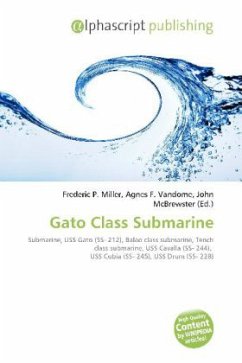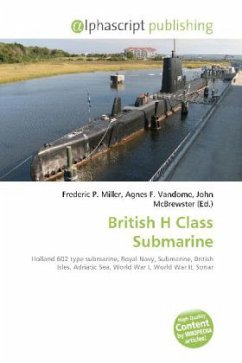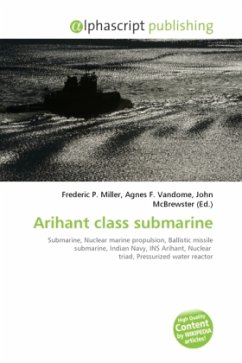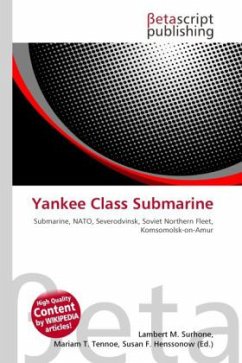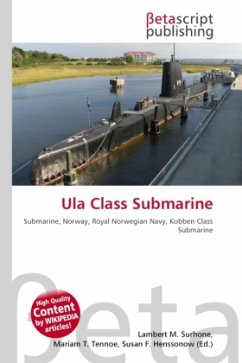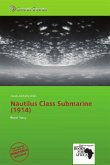The Amphion class (also known as the "A" class and Acheron class) of diesel-electric submarines were ordered by the British Admiralty in 1943, upon the realisation that the new Pacific theatre of war following the attack on Pearl Harbor needed a new type of submarine. They were originally designed to replace the S-class and T-class submarines, which were too slow and unable to dive deep enough to be suited to Pacific waters during World War II. They were an enlargement of the T class, arranged for fast, simple construction and to utilize much of the materials and equipment set aside for the T boats. They had a high, flared bow for excellent sea performance and had effective air conditioning, essential for Far East submarine operations. They were operated by a crew of between 60 and 68. Originally, 46 submarines were ordered, but only 18 were launched (10 by Vickers-Armstrong in Barrow-in- Furness) and 16 commissioned, the other 2 hulls being used for crush testing. The class was designed for quick construction, using an entirely welded hull which could be fabricated in sections, a technique new to Britain but standard for German U-boats.
Bitte wählen Sie Ihr Anliegen aus.
Rechnungen
Retourenschein anfordern
Bestellstatus
Storno


